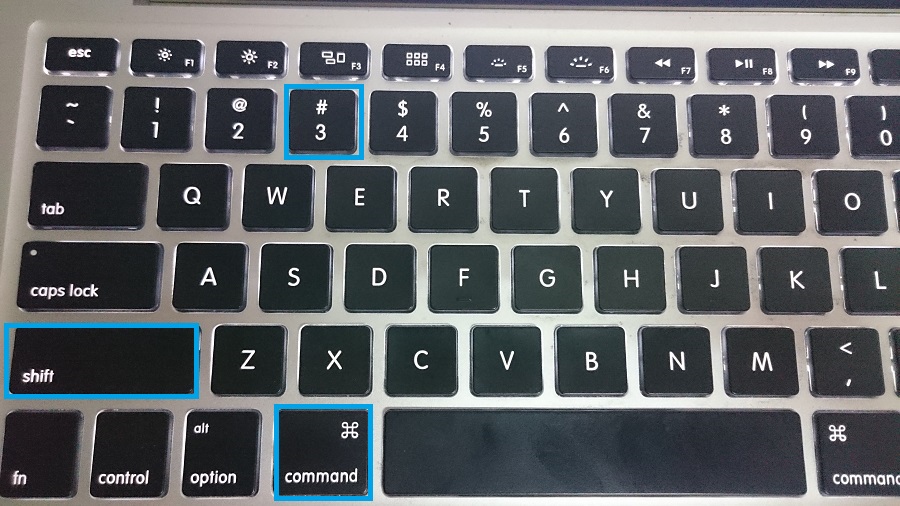

- #KEYBOARD SHORTCUT FOR SCREENSHOT ON MAC DRIVER#
- #KEYBOARD SHORTCUT FOR SCREENSHOT ON MAC SOFTWARE#
- #KEYBOARD SHORTCUT FOR SCREENSHOT ON MAC PC#
- #KEYBOARD SHORTCUT FOR SCREENSHOT ON MAC ISO#
- #KEYBOARD SHORTCUT FOR SCREENSHOT ON MAC WINDOWS#
#KEYBOARD SHORTCUT FOR SCREENSHOT ON MAC DRIVER#
The X keyboard driver does not allow the key used for Compose to also function as a modifier. As this is rather inconvenient (especially for keyboards without an AltGr) it is common to select a keyboard layout where another key such as the right-hand Ctrl or ⊞ Win is mapped to the compose key, this option is normally available in the settings of the desktop environment.

On Xorg the default Compose Key is ⇧ Shift+ AltGr, (while pressing AltGr before ⇧ Shift is the "fourth keyboard level modifier", a different key). X header files call the Compose Key the "Multi_key".

Inconvenient placement of the compose key can also slow typing. The primary disadvantage is that compose sequences always require at least one more keystroke. Modern GUI character choosers often require a search function that is not much different than the compose sequences to locate a character quickly. This means that, for example, if AltGr+ A is chosen to input Á the A key is now unavailable for use and other keys must be chosen to input, for instance, À.Īlt codes or Unicode numerical input could almost be considered a compose key, but with unintuitive numbers, instead of mnemonics, as the selector. Modifier keys such as AltGr are even more limited as typically only one other key from the keyboard is utilized to select the character. Another example is ⅔ which is entered by Compose 2 3, whereas a single dead key solution uses a less intuitive keystroke such as ~ W ( ~ 3 is already taken for ⅓). For instance a dead key might require inputting ¨ S for ß, while a compose key solution uses Compose S S. This allows the sequence to be more mnemonic, so it is easier to remember, possible to guess at if unknown, and can support far greater numbers of characters.Ī dead key requires the first character in any sequence to be a dead key, and most systems try to make which dead key used be part of the character selection (this makes sense for accent marks, and is extended to other symbols for consistency). The primary advantage of a compose key is that the sequence used to select the character can be made up of any letters, numbers, or symbols available on the keyboard. For example, U+278C ➌ DINGBAT NEGATIVE CIRCLED SANS-SERIF DIGIT THREE might be inserted by Compose % $ 3, where indicates circled characters, % indicates inverse, $ indicates sans-serif, and 3 indicates the final character. There is no intrinsic limit on sequence length, which should respect both the rules of mnemonics and ergonomics, and feasibility within a comprehensive compose tree. For instance Compose o c will produce the copyright symbol ©, and Compose A E will produce Æ. Non-accented characters are generally constructed from letters that when overtyped or sequenced would produce something like the character. This allows multiple diacritics, for instance typing Compose ' ^ a for ấ. This order is still in use, however the inverse order known from accent-mark dead keys present on the last typewriters is used today: Compose ~ n for ñ. For example Compose n ~ produced the character ñ. This makes it possible for experienced typists to enter composed characters rapidly.Įarlier versions of compose sequences followed handwriting and the overstrike technique by putting the letter first and diacritics second. If the Compose key is not also a modifier key, then key rollover means the compose key does not have to be released before the subsequent keystrokes.

#KEYBOARD SHORTCUT FOR SCREENSHOT ON MAC ISO#
ISO keyboard symbol for "Compose Character" There is no LED or other indicator that a compose sequence is ongoing.
#KEYBOARD SHORTCUT FOR SCREENSHOT ON MAC WINDOWS#
Common examples are the right-hand Windows key, the AltGr key, or one of the Ctrl keys.
#KEYBOARD SHORTCUT FOR SCREENSHOT ON MAC SOFTWARE#
When software supports compose key behaviour, some other key is used.
#KEYBOARD SHORTCUT FOR SCREENSHOT ON MAC PC#
This symbol is encoded in Unicode as U+2384 ⎄ COMPOSITION SYMBOL.īecause Microsoft Windows and macOS do not support a compose key by default, the key does not exist on most keyboards designed for modern PC hardware. ISO/IEC 9995-7 designed a graphical symbol for this key, in ISO/IEC 9995-7 as symbol 15 "Compose Character", and in ISO 7000 "Graphical symbols for use on equipment" as symbol ISO-7000-2021. On the keyboards of Sun Type 5 and 6 workstations, the Compose LED is placed in the keycap (see picture below). In 1987, Sun Microsystems released the Sun4, the first dedicated Unix workstation that had a compose key. While the LK201 introduced the group of command keys between the alphanumerical block and the numerical keypad, and the "inverted T" arrangement of arrow keys, which have become standard, the compose key by contrast did not become a standard. The keyboard included an LED indicating that a Compose sequence is on-going. The Compose Character key was introduced by engineers at Digital Equipment Corporation (DEC) on the LK201 keyboard, available since 1983 with the VT220 terminal.


 0 kommentar(er)
0 kommentar(er)
